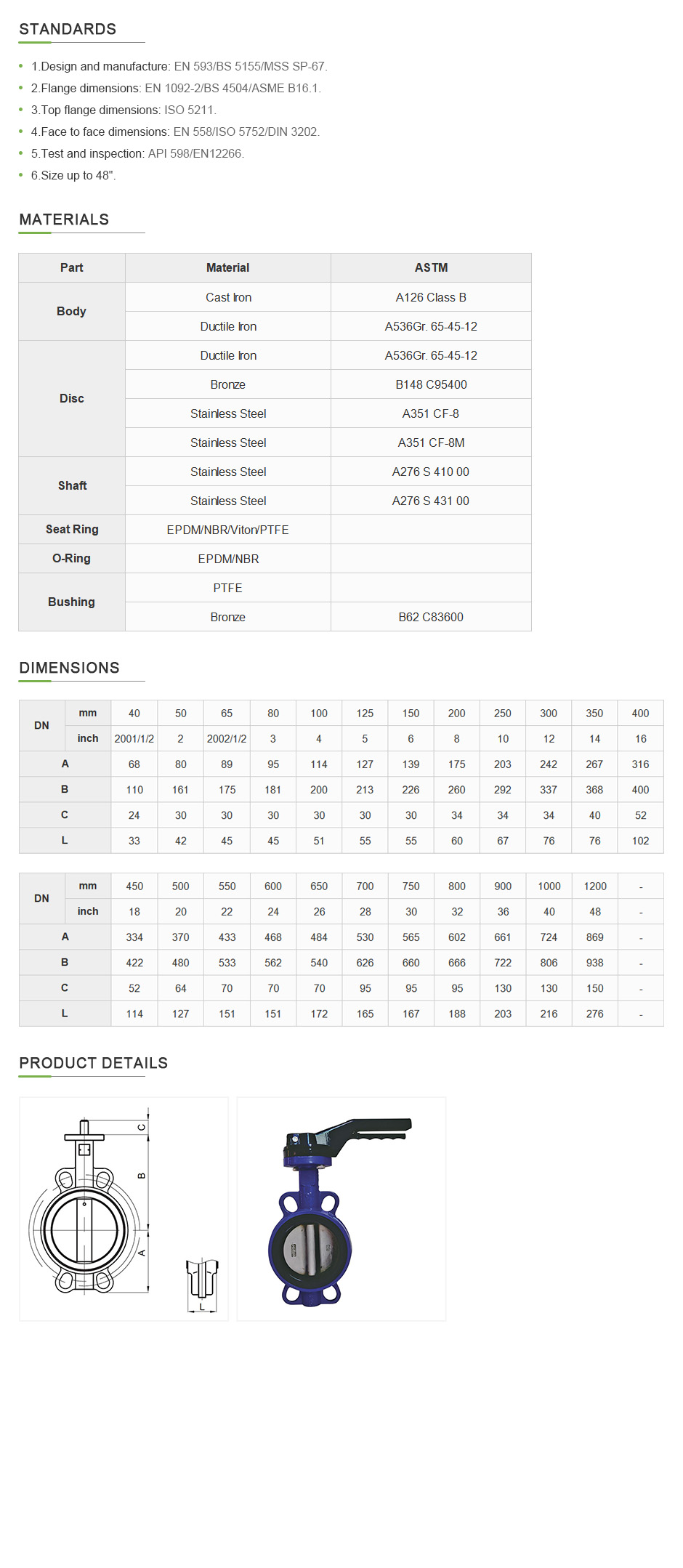Okt . 13, 2024 23:28 Back to list
Flanged Swing Check Valve Specifications and Applications for Efficient Fluid Control
Understanding Swing Check Valve Flange Types A Comprehensive Guide
Swing check valves are essential components in various piping systems, primarily used to prevent backflow and ensure the unidirectional flow of fluids. Among the various designs available, the flange type swing check valve is particularly popular due to its ease of installation and maintenance. This article delves into the intricacies of swing check valve flange types, their construction, applications, and the advantages they offer.
What is a Swing Check Valve?
A swing check valve is a type of non-return valve that operates automatically. It uses a disc that swings on a hinge or pivot, allowing fluid to flow through the valve in one direction. When the flow reverses, the disc swings closed against the seat, preventing backflow. This design is crucial in protecting pumps, compressors, and other equipment from damage caused by reverse flow.
Flange Type Check Valves An Overview
Flange type swing check valves are designed with flanged ends that allow them to be bolted directly to the piping system. The flange connections provide a robust and secure fit, making these valves highly suitable for high-pressure applications. Flanged connections are standardized, meaning the valves can be easily integrated into existing systems without requiring extensive modifications.
Construction of Flange Type Swing Check Valves
Flange type swing check valves are typically constructed from various materials, including cast iron, ductile iron, carbon steel, stainless steel, and other alloys. The choice of material depends on the fluid being transported, the pressure and temperature conditions, and the surrounding environment.
1. Body The body of the valve houses the internal components and is designed to withstand high pressures. The material selected for the body is crucial for the valve's durability and performance.
2. Disc The disc is the primary moving part that opens and closes the flow path. It is typically made from the same material as the body or a compatible material to ensure proper sealing and longevity.
3. Hinge and Pivot Mechanism The hinge allows the disc to swing open and closed smoothly. This mechanism must be designed for longevity and reliability, especially in systems with frequent cycling.
swing check valve flange type

4. Sealing Surface The sealing surfaces where the disc meets the body must be precisely machined to ensure a tight seal when the valve is closed. This prevents any leakage when the fluid flow is stopped.
Applications of Flange Type Swing Check Valves
Flange type swing check valves are used in various applications across multiple industries, including
- Water and Wastewater Treatment These valves prevent backflow, protecting pumps and maintaining the integrity of treatment processes. - Oil and Gas They are used to ensure the safe transport of hydrocarbons, preventing potential spills and equipment damage. - Heating and Cooling Systems In HVAC systems, they help maintain fluid direction, enhancing system efficiency. - Chemical Processing Preventing backflow in chemical pipelines is vital for safety and compliance with regulations.
Advantages of Flange Type Swing Check Valves
1. Easy Installation and Maintenance The flange design makes it easy to install and replace valves without significant disruptions to the piping system.
2. Robustness Flanged connections can withstand high pressure and temperature, making these valves suitable for demanding environments.
3. Minimal Pressure Drop When correctly installed, swing check valves provide lower pressure drops compared to other types of check valves, maintaining system efficiency.
4. Versatility Available in various materials and sizes, flange type swing check valves can be customized to meet specific operational requirements.
Conclusion
Flange type swing check valves are critical components in fluid control systems, offering reliability and efficiency in preventing backflow. Their robust construction, ease of installation, and suitability for high-pressure applications make them a preferred choice across various industries. Understanding their design and applications can help engineers and operators choose the right valve for their specific needs, ensuring the smooth operation of their systems. As technology and materials continue to advance, the effectiveness and application range of these valves are expected to expand, further solidifying their role in modern fluid handling solutions.
Share
-
Reliable Wafer Type Butterfly Valves for Every IndustryNewsJul.25,2025
-
Reliable Flow Control Begins with the Right Ball Check ValveNewsJul.25,2025
-
Precision Flow Control Starts with Quality ValvesNewsJul.25,2025
-
Industrial Flow Control ReliabilityNewsJul.25,2025
-
Engineered for Efficiency Gate Valves That Power Industrial PerformanceNewsJul.25,2025
-
Empowering Infrastructure Through Quality ManufacturingNewsJul.25,2025